Beautiful & Peaceful Scenery
Gatineau Park is a fantastic versatile nature preserve close to the Canadian capital Ottawa, where you have a lot of magnificent options
The Park was created in 1938, is located in the south western part of the province of Quebec and covers an area of 361 square km (139 square miles). The entrance to the park is located only 4 km (2.5 miles) north of downtown Ottawa, so it is the perfect getaway for the city folks but also for tourists visiting this awesome city.
There’s a big range of things to do in Gatineau Park. You will have natural beauty and places of great historical significance. Everything from the Pink Lake to the Gatineau Hills to the former summer residence of longest servicing prime minister, William Lyon Mackenzie King.
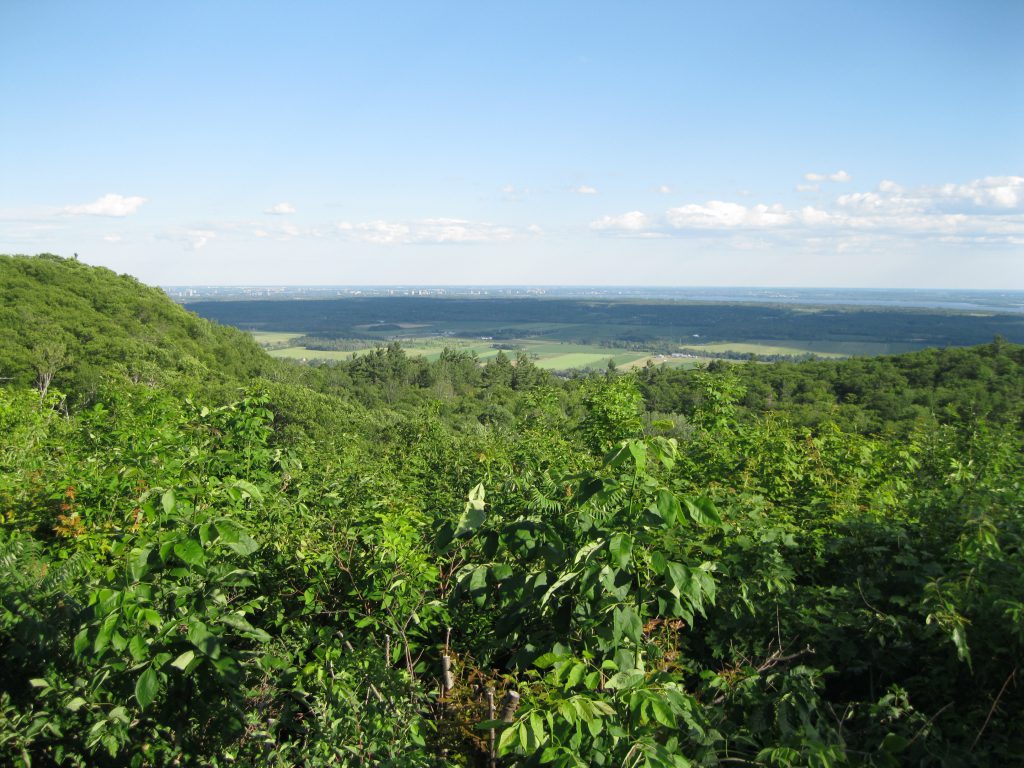
It is known as the conservation park of the capital and is managed by the National Capital Commission (NCC).
The park has a rich life of pants and wildlife species and habitats and is therefore perfect for nature enthusiasts. It has a rich biodiversity with 50 lakes, 5 ecosystems, 2 high-value habitats, 2,500 species of plants, 50 species of trees, 230 species of birds and 50 species of mammals. Also if you are into an active lifestyle, this is the place for you with 165 km of hiking trails and 90 km of mountain biking trails.
As with other nature preserves there are certain rules that should be adhered to. Overall, leave no trace. Take away your own garbage. Stay on designated trails. Leave areas, plants and objects as they are. Respect the wildlife, observe from a distance and do not feed the animals.
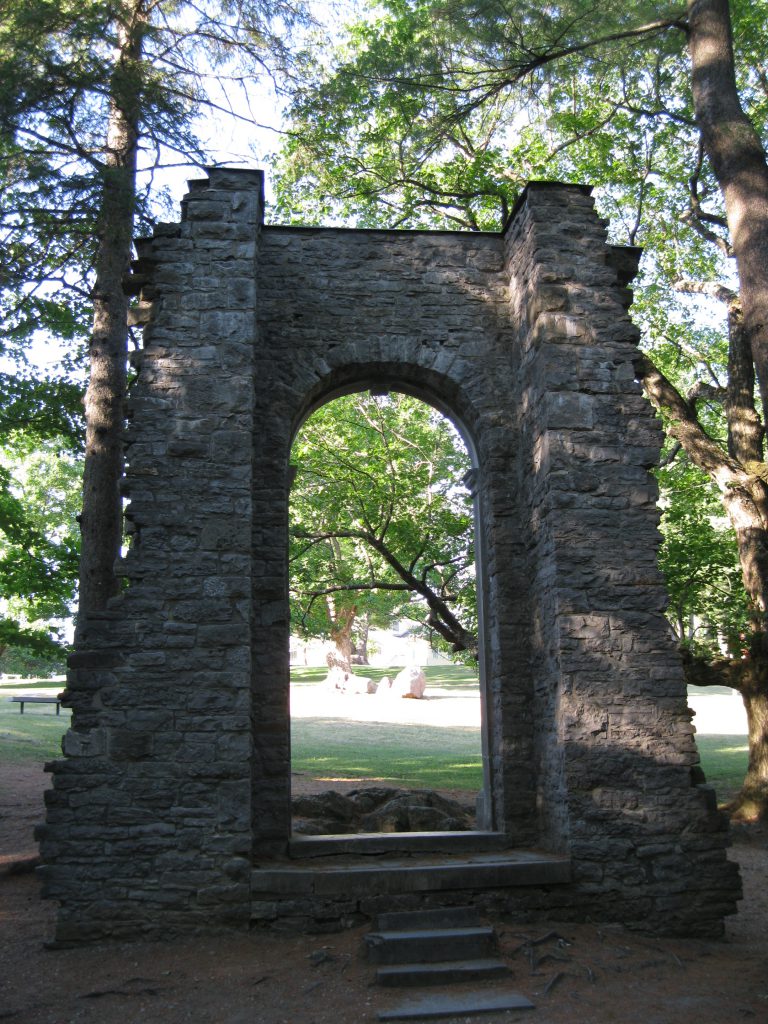
Furthermore, mountain biking is only allowed on the trails from 15 May to 30 November. Swimming is only allowed at supervised beaches. Campfires and barbequing are only permitted in designated areas.
Gatineau Park, the city of Gatineau and Ottawa are all a part of what is perceived as the capital region.
Geology: Formation of the Beautiful Landscape
450 million years ago the Eardley Escarpment did not exist. The Canadian Shield were beneath a thick layer of shale and limestone that had been deposited by an ancient sea. At this point in time you would have seen a vast plain as far as the eye could see.
Several hundred million years later, faults along the weaknesses in the bedrock formed and tension in the crust of the earth caused massive rocks to move. This course of events created the Eardley Escarpment and the Ottawa Valley.
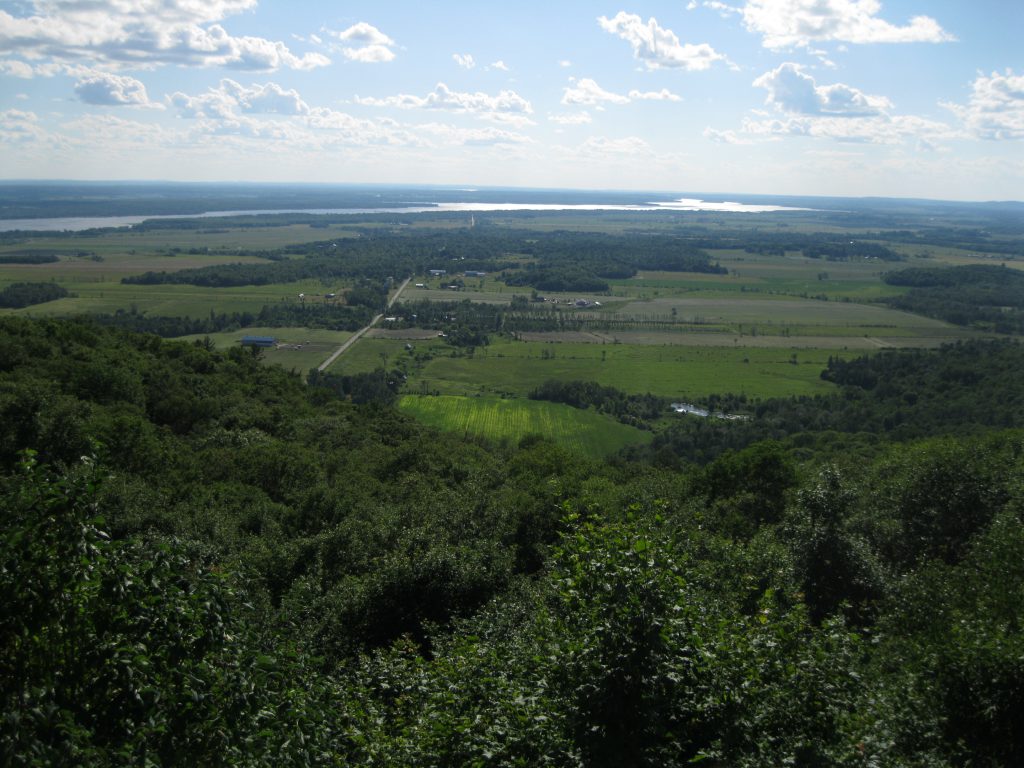
As seen time and time again in geological history this type of immense uplift and depression has been followed by a long period of erosion and in this case it occurred over millions of years. Layers of shale and limestone were worn away by wind, water and frost. Over time the Canadian Shield was exposed.
The Canadian Shield is massive. It is the oldest and most resistant bedrock on Earth and covers almost half of the total area of Canada comprising 4.5 million square km (1.7 million square miles).
About 15,000 years ago the Wisconsin glaciation, the last of four major glaciations to cover the region, reached its peak. The ice cap covered most of Canada with the exception of a part of the Yukon and it went as far south as the US state of Wisconsin. At the height, present day Gatineau Park was covered by 2 km (1.25 miles) of ice. Over thousands of years the weight slowly depressed the crust of the Earth.
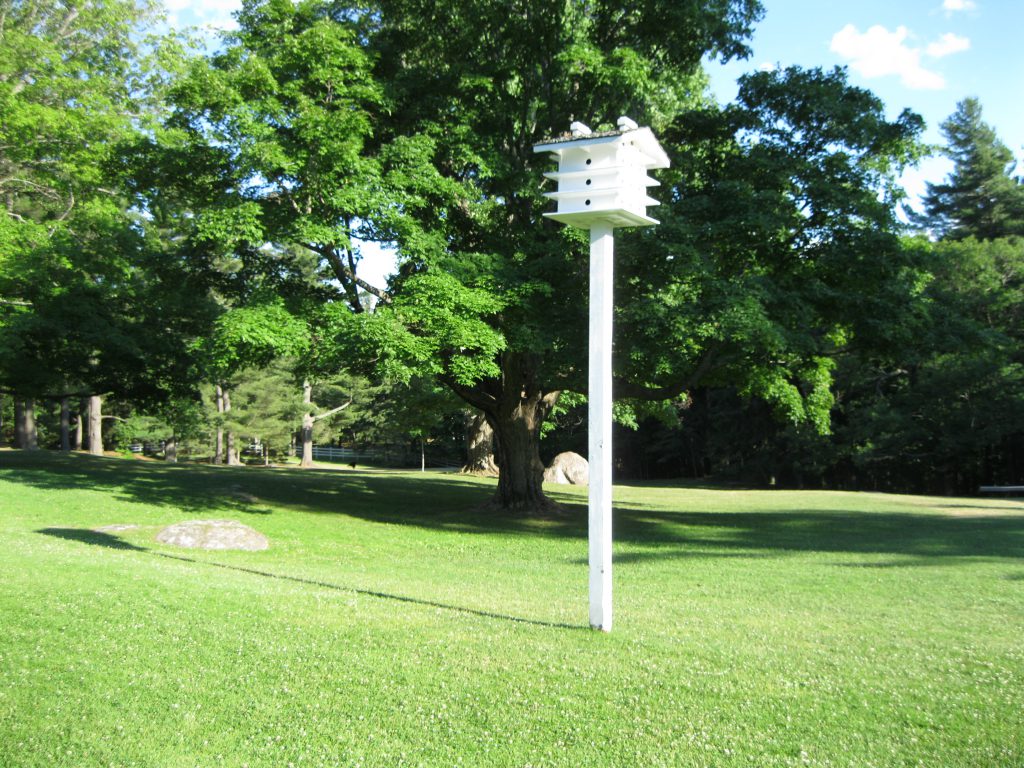
As the glaciers slowly withdrew, the Atlantic Ocean spread over the compressed ice creating the Champlain Sea. Eleven thousand years ago, present day Gatineau Park was a peninsula jutting into the sea. The waves would break against the escarpment, the water level would be at 200 metres (656 ft), while whales were floating around among the icebergs. The Champlain Sea appeared in the Ottawa Valley for 2,500 years and slowly disappeared as the land rose.
History
The first European settlers who arrived to the area were French explorers in the early 17th century. The French navigator Samuel de Champlain travelled up the Ottawa River between 1613 and 1615 accompanied by Algonquin and Huron guides. He was the first European to see the Ottawa Valley.
At the time, the land was occupied by Huron, Algonquin, Iroquois and Outaouais tribes. After the arrival of the Europeans, the first major industry of Ottawa Valley was fur trading. Champlain was the driving force in expanding the fur trade industry westward and on the way he created alliances with the Algonquin, Montagnais and the Huron. He secured the Ottawa River route to Georgian Bay which greatly expanded the trade.

The valley was a part of the first major cross-country route for the so-called “voyageurs” who were independent French-Canadian woodsmen. They travelled New France and the interior of North American where they traded woods usually with fur. Along the way they learned more about the ways of the Natives. Their expeditions were sparked by the beginning of fur trade in the North American interior. They paddled in canoes up the Ottawa River as far as Mattawa and continued through various rivers to Georgian Bay and Lake Huron.
Later, lumber would become the biggest industry of the valley. Pembroke, Ontario was established by pioneers in 1828 and was known as “the heart of the Ottawa Valley”. This became the centre of the logging industry.
The settlers in the Gatineau Hills, mostly Irish, realised that due to the rocky soil it wasn’t made for agriculture so they decided to focus on fishing, hunting, forestry and mining. In the early 1800s extensive logging took place and the deforestation raised a lot of concerns in the public.
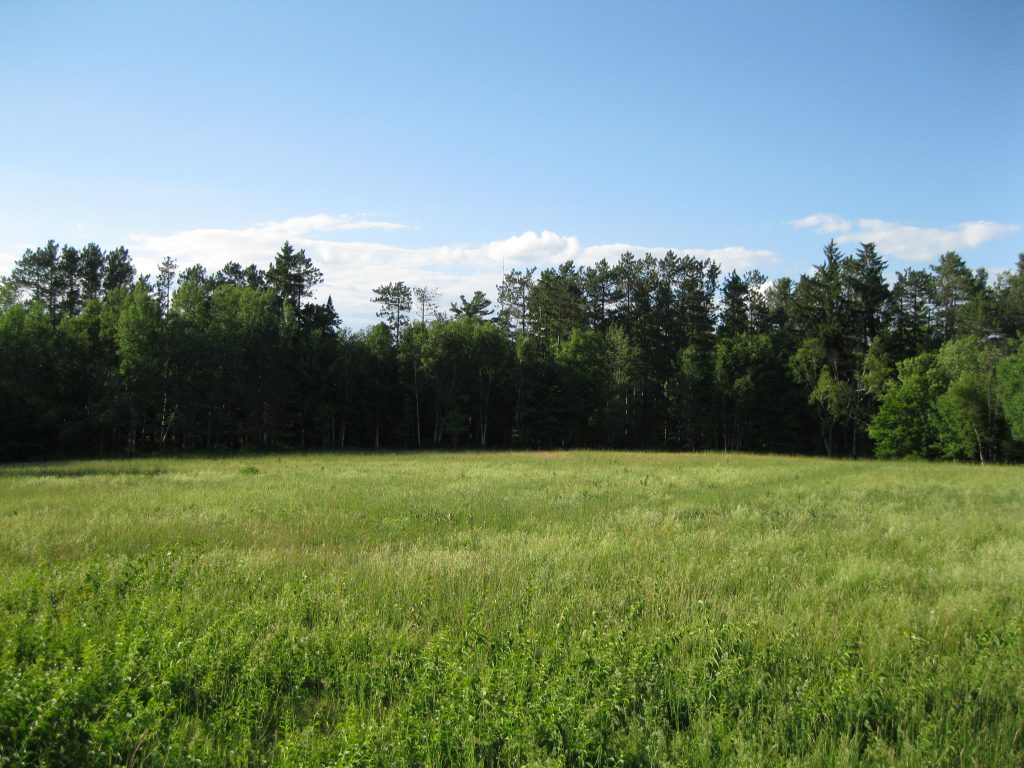
In the late 1800s outdoor enthusiasts got keen on this wonderful wilderness and others built cottages such as Williams Lyon Mackenzie King. Industrialists were also drawn to the area due to its resources and the proximity to Ottawa.
The idea of establishing a recreational area in the Gatineau Hills were already suggested back in 1903 by Ottawa Improvement Commission, but it wasn’t until 1938 before the government acquired the first parcel of land that would become Gatineau Park. So the purpose of the land went from resource exploitation to conservation and recreation.
Mackenzie King had a great interest in urban planning and the creation of Gatineau Park was one of the achievements that he can be credited for. It is the only federal park not to be a national park and it is not protected by the National Parks Act. This was due to Mackenzie King’s caution, fear of criticism and wish for privacy.
The Mackenzie King Estate: The History of Moorside and Kingswood
A definite must-see is the Mackenzie King Estate, located in the wilderness of the Gatineau Hills. Not only is it a beautiful spot but historically it is also very interesting. It is a perfect place for all age groups and for people with all sorts of interests. Here you will get view of his summer residence, the beautiful garden, interesting ruins and some of the quirky structures Mackenzie King had in his garden. Furthermore there are hiking trails, a picnic areas and the opportunity for different activities.
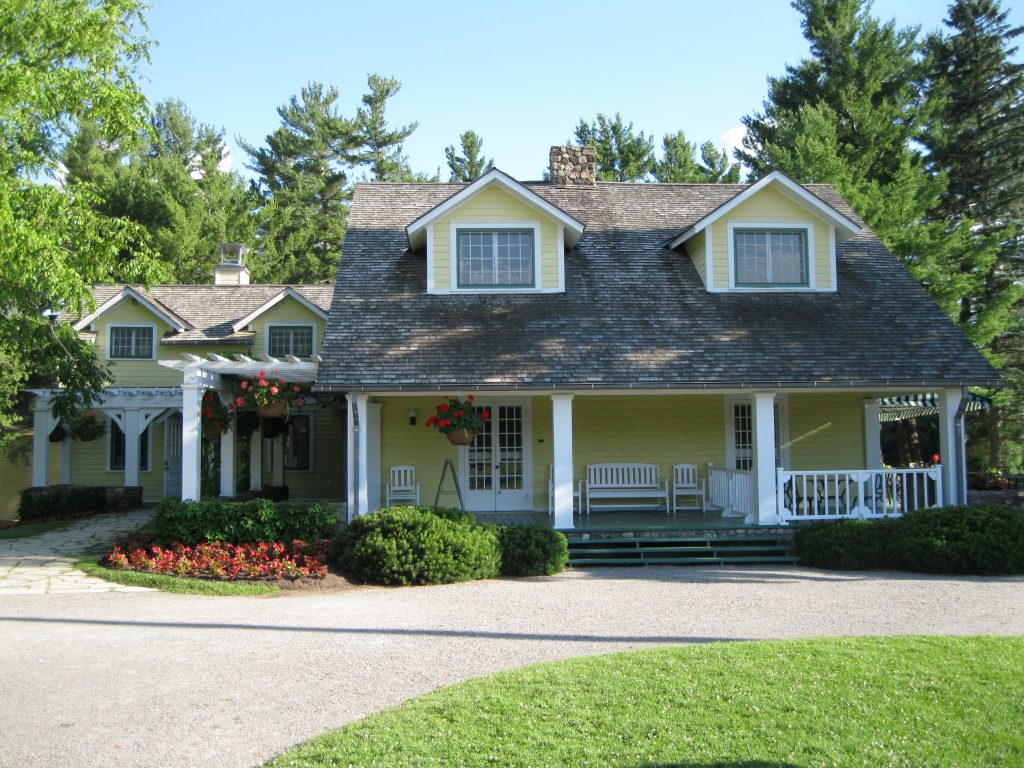
In the early 20th century air condition wasn’t invented so a lot of the wealthy residents of Ottawa would seek refuge in the cooler Gatineau Hills during summer as the city could be unbearable. In the Autumn, the colours would be stunning as well, so it was a perfect opportunity to get away from the hectic life in the city.
Fun fact…In Canada, Celsius is used to measure the temperature, but they also use what is known as the humidex, short for humid index, which describes how hot the weather feels by combining the effect of heat and humidity. This is a Canadian invention and was introduced in 1965. You will notice when you ask people how hot it is, and if you eg reckon it is 32 degrees they might say it is 40 degrees, which may puzzle you if you not aware if this.
Mackenzie King was prime minister of Canada for 21 years from 1921 to 1948 – the longest serving ever during an interesting period of the country. He was also an intriguing character in many ways. He lived at the estate for 47 years from 1903 until 1950 when he passed away. At his death he bequeathed the estate to the Canadian people. During his reign Canada benefited from a lot of reforms and modern development such as the creation of Gatineau Park and a contemporary vision for the capital of Canada.
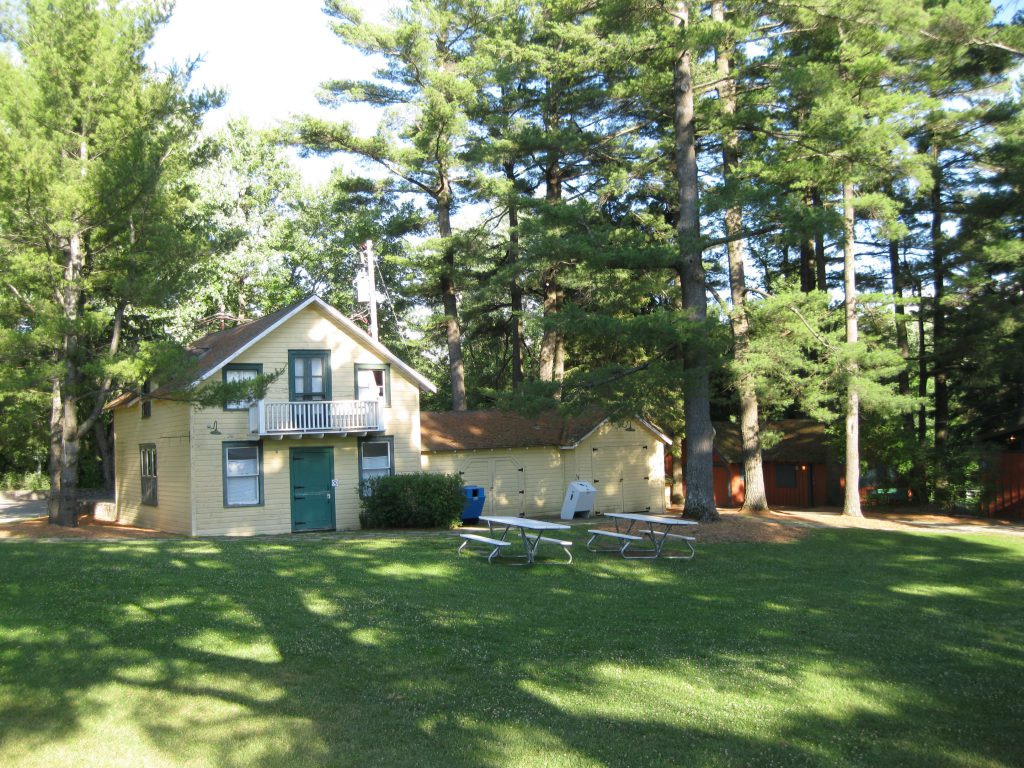
There are two sections to the Mackenzie King Estate which are open to the public. They are called Moorside and Kingswood. There is also a farm section that became the official residence of the Speaker of the House of Commons which is not open to the public.
When you arrive at the carpark, walk down the trail to the right towards the Kingswood section of the estate. Here you can check out exhibits taking you back to the early 1900s and see how Mackenzie King spent his summers before becoming prime minister. You can have a stroll around, check out the guest cottage and walk down towards the shores of Kingsmere Lake.
Continue down towards the Moorside sector, walk down the trail to towards the major cottage. This is a beautiful spot with a pretty cottage to the left when you enter the area and a meadow to the right. This was just the perfect place for Mackenzie King to have his summer residence in this absolutely tranquil area. Not a bad view at all from the cottage towards the meadow.
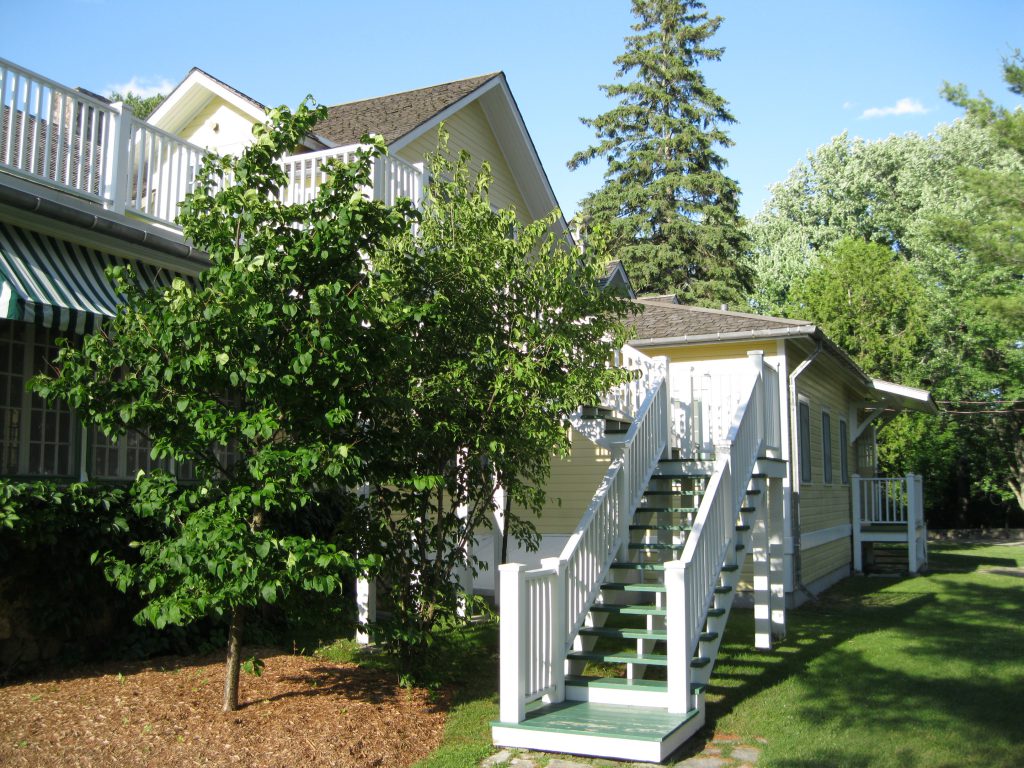
Have a stroll around and take your time. When you get to the other side of the cottage you will find yourself in the garden. It’s well-kept and all trimmed to perfection. A really interesting and intriguing feature is the presence of ruins. It definitely says a lot about the peculiar mind of Mackenzie King. The estate was built over the span of his career and therefore reflects his evolution of thinking and his relationship with nature.
Moorside was the place where Mackenzie King spent his summers from 1927-1943 and where he carried out his most ambitious landscaping projects such as the construction of ruins and follies.
Walk through the garden among the architectural ruins and let yourself be inspired and guided by the spirit of the unique design Mackenzie King created. The estate was a place of revitalisation for him where his British heritage and Romanticism, a philosophical movement of great inspiration to him, was expressed through the surrounding nature and beautiful landscape. Here he got many ideas for landscaping and development of the property. His personal interests would also intertwine with governmental affairs.
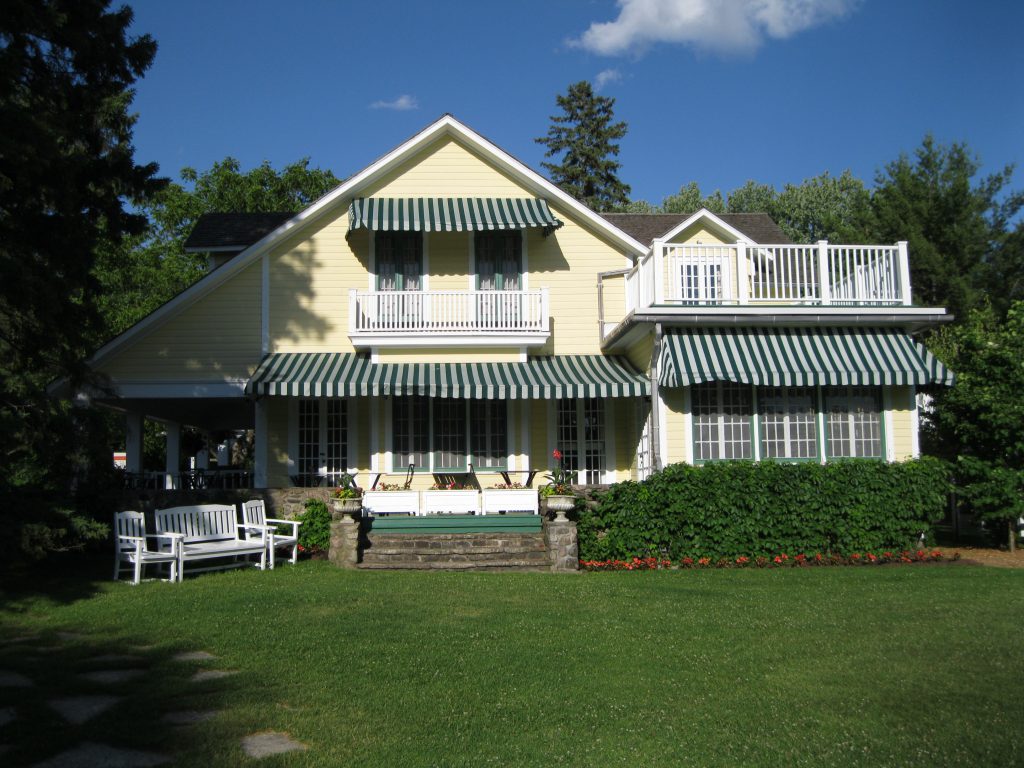
Mackenzie King purchased what would be known as Moorside in 1924 from the family of Marjorie Herridge who had invited him to Gatineau Hill 24 years earlier. The name Moorside is a combination of Edgemoor, the former name of the property, and Woodside, the Mackenzie King family home from 1886-1893.
Moorside was the heart of the estate. By the late 1920s, after renovation work, it had become Mackenzie King’s country home. He would use Laurier House as his residence in Ottawa and Moorside became the centre of social gatherings for guests and friends for meals and to discuss world affairs. Still, he also guarded his privacy.
The Mackenzie King Estate: The Garden and the Ruins
Mackenzie King took care of the gardening and also used the space for daily walks and relaxation. The garden is in some respects an extension of the veranda, an extra room on the house. To Mackenzie King each plant and flower was reflection of care and beauty. The garden is the contrast between culture, civilisation and cultivation and the raw nature.
He was quite the landscaper. He sowed lawns, planted trees and ornamental gardens, created trails in the woods and constructed ruins. They certainly reveal something about the spirit of Mackenzie King and is a part of the soul of the estate. He was influenced by the Romantic estates in Great Britain and from his study of landscape design. Two great pieces are the Arc de Triomphe and the Window on the Forest, as he named them.
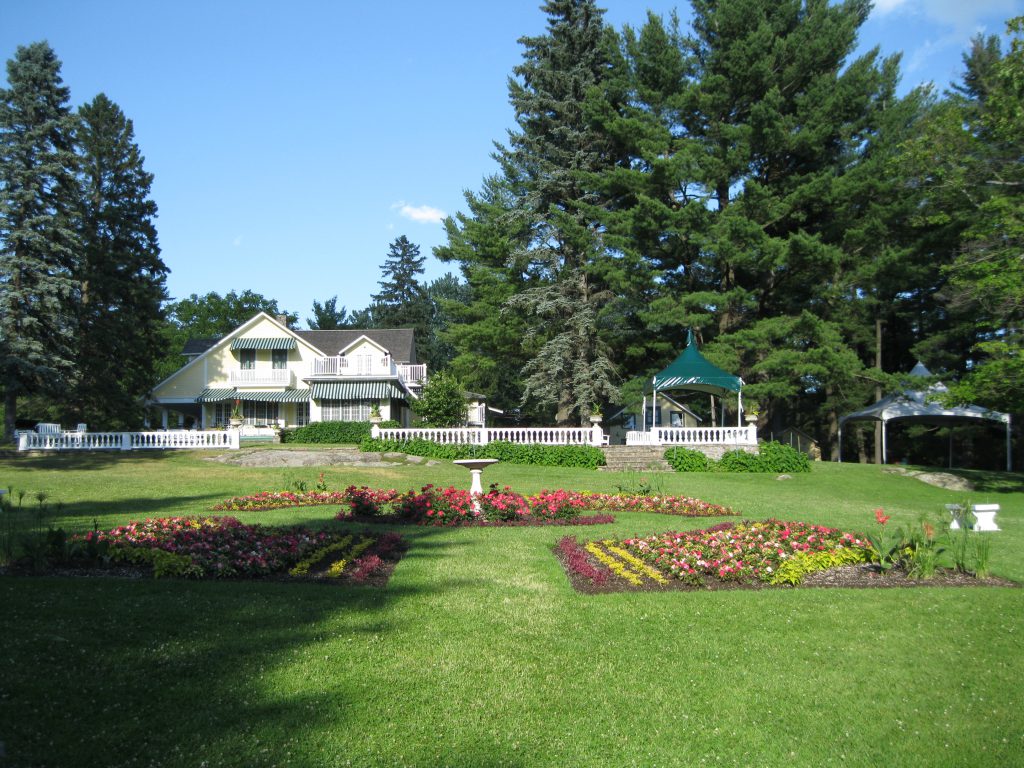
The garden is split into two areas, a French garden and an English garden. The first is divided into four different symmetrical sections. The well-defined edges of the borders and the contrasted effect of the lawn reflects a style of landscaping based on French classicism. The French garden is best viewed from the terrace where you’ll see the symmetry perfectly. The English garden is influenced by a Romantic style which is present with the spontaneity of nature.
Some of the trails of Gatineau Park are the work of Mackenzie King. From 1929 till his death he worked on these. He loved taking long walks, building bridges, developing new trails that opened up and highlighted the nature.
The Window on the Forest was created from the ground floor window frame of the British American Bank Note Company building in Ottawa that was demolished in 1936. It separates the garden between the French and English gardens and the rock garden. The latter was designed by Joan Patteson as a flexible garden that interacts with the forces of geology with flowers growing from exposed bedrock.

The Arc de Triomphe is the portal frame of the main entrance to the British American Bank Note Company building. Erecting the pieces of masonry in the garden displays Mackenzie King’s fascination with classical architecture and tells you that he was no ordinary statesman. The Arc de Triomphe is the entrance from the forest to the estate. This arch also symbolises his electoral victory in 1935, the biggest election victory in Canadian history at the time, and is also a testament to his political commitment.
William Lyon Mackenzie King: The Statesman
Mackenzie King kept a diary from 1893-1950. He wrote almost every day about his thoughts activities and it became a will for him to record events that would otherwise be lost to memory. The result was a more than 30,000 pages memoir of the daily professional and private life of a statesman. It reveals the prominence and importance of the estate which Mackenzie King treasured highly.
In 1948 Mackenzie King retired from politics and lived full-time at the estate. He will be remembered for several big accomplishments such as advancing Canada’s autonomy from Great Britain, the creation of several social programmes and for steering the country through World War II while keeping Canada united.
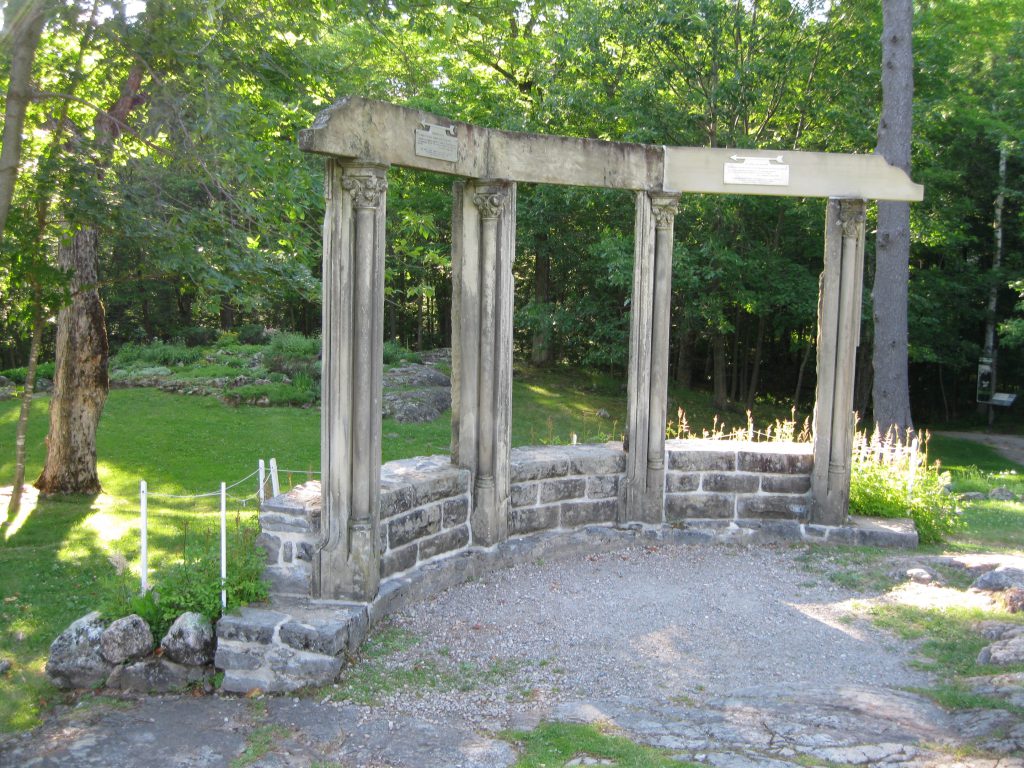
Mackenzie King passed away in 1950 at the estate at the age of 75 and served his country for nearly 50 years. His many years in power undoubtedly left a permanent impact on the day-to-day lives of Canadians. The estate is the most personal part of his legacy and an evident symbol of his affection for Canada and Canadians
Louis Stephen St. Laurent was Mackenzie King’s successor in 1948 as the leader of the Liberal Party, chosen by Mackenzie King. The Liberals stayed in power for another nine years.
Champlain Lookout: A Stunning View
Another highlight of the park is the Champlain Lookout. It is based on the top of the Eardley Escarpment and will give you a stunning vista of the Ottawa Valley and the Gatineau Hills. The escarpment stretches for 30 km (18.75 miles) along the southern edge of the Canadian Shield.
Here you are standing at an altitude of 335 metres (1,099 ft). This formation marks the southern boundary of the park. Two major geological formations meet here which are the Canadian Shield and the St. Lawrence Lowlands including the Ottawa Valley. The landscape you view from here has undergone magnificent changes over millions of years as described earlier. So fascinating.
Straight ahead you will see the Ottawa Valley and to the right you will have the Canadian Shield.
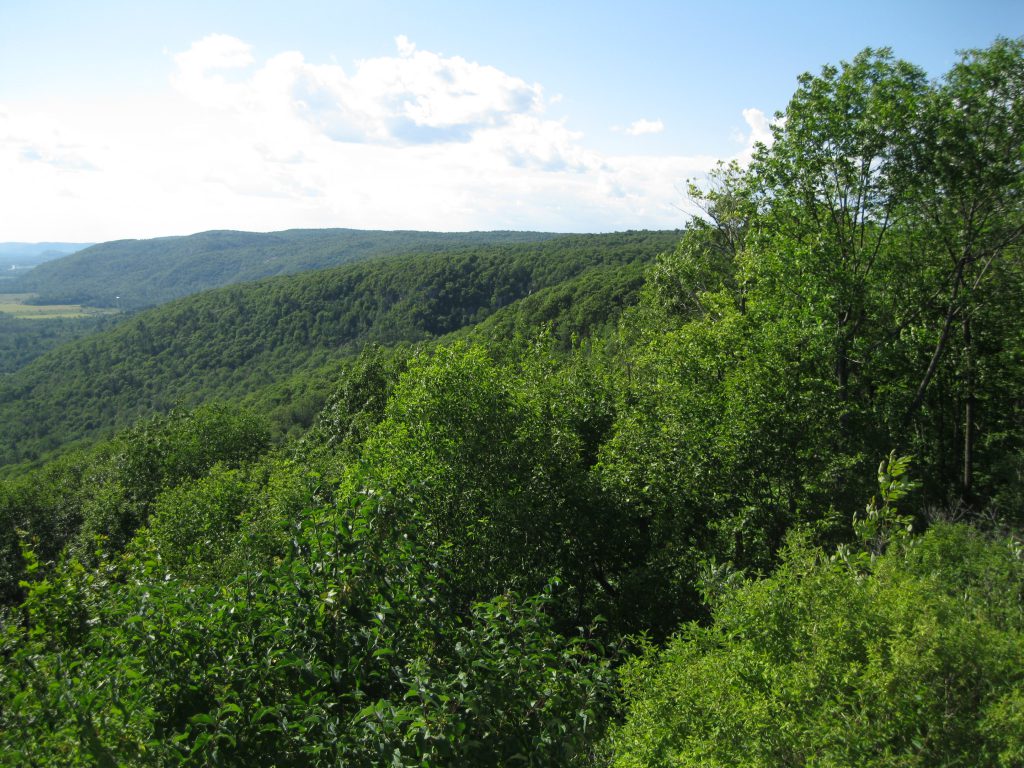
The Eardley Escarpment is the home of rare species of plants and some of these are relics from the Champlain Sea period. A big variety of wildlife is also found here and therefore the escarpment is classified as a conservation zone within the Gatineau Park. About 80% of the deer in the park spend their winters on the slopes of the escarpment as the mild climate here helps them to survive this harsh season.
You can have a walk down the Champlain Trail from the lookout point which is a gentle 1.4 km (0.88 miles) loop overlooking the escarpment and the Ottawa Valley where you will get a view of the plants and maybe also a bit of wildlife.
The Pink Lake: A Fascinating Lake
A really interesting spot in the park is the Pink Lake. This is a beautiful lake and is an exceptional protected area. There is no swimming allowed here.
The Pink Lake is probably the most fascinating of the 63 lakes of Gatineau Park. There are two viewing areas at the lake that will give you great vistas of the lake. One will take you to the edge of the water and one will give you a good overlook. If you want to get a closer look you can go on the Pink Lake Trail.
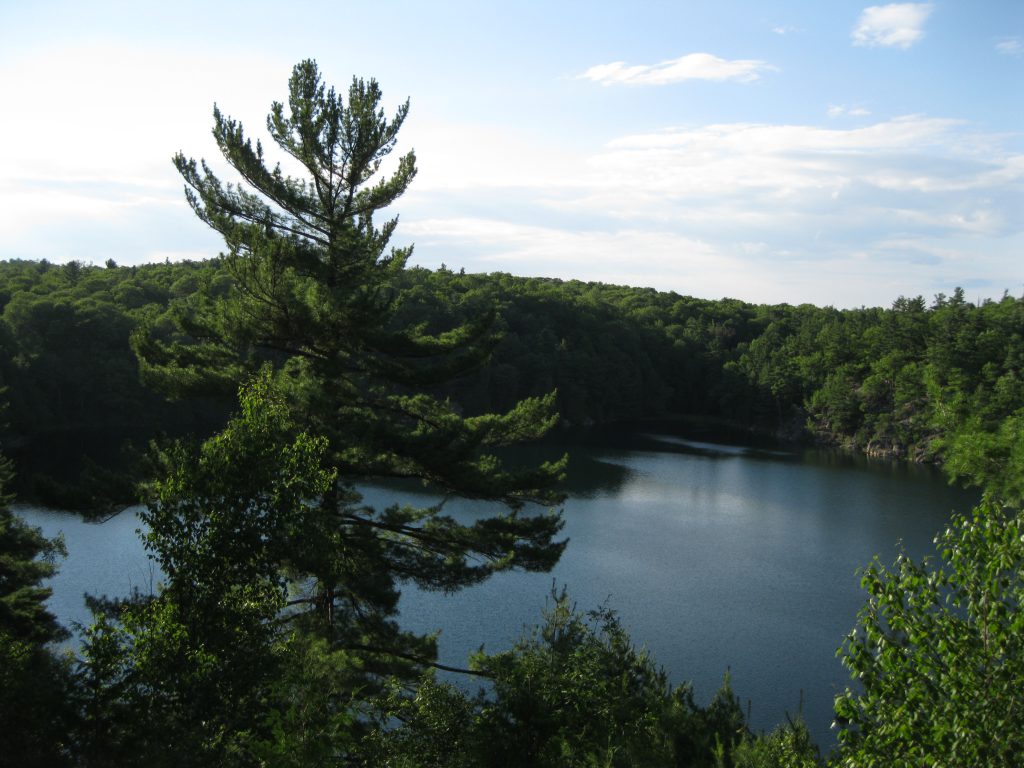
The lake was named after Samuel Pink and his family who were awarded woodcutting rights on the land bordering the west shore of the lake in 1831.
In 1972 it was thought that the lake was polluted but it turned out that it had suffered from severe erosion.
The lake is green and not pink. This colour is a recent occurrence, first noticed in the 1960s and during the 1970s, studies were conducted to determine the reason for the colour. This uncovered some unexpected facts about the lake. Scientists discovered that at a depth of 13 metres (42.7 ft) or more, the lake contains no oxygen and as they explored further they realised that the lake was in fact unique.
The lake is meromictic. This means there the upper and lower water levels never mix. It therefore has a special aquatic life and a complex fragile ecology.
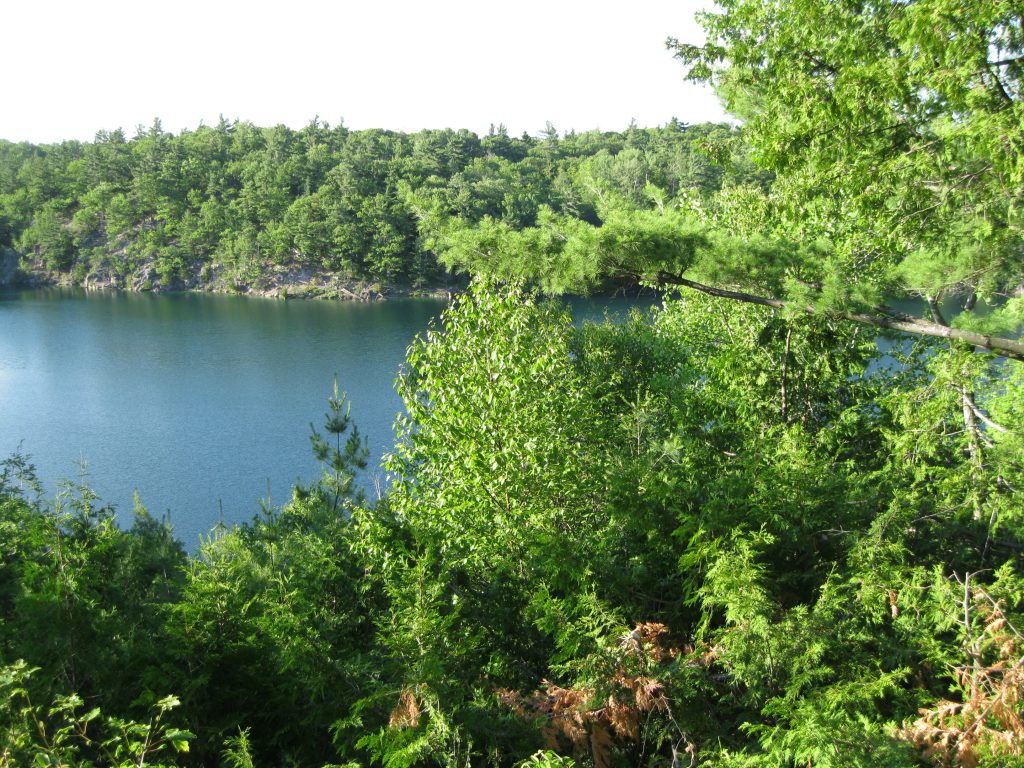
The green colour is due to the excessive presence of algae and the more concentrated, the more green it is. Therefore it is particularly green during summer as the water gets warmer and creates ideal conditions for the algae to grow.
One in a thousand lakes is meromictic. Due to the vast area Canada covers only a few of the meromictic lakes have been identified.
Fun fact…No country in the world has more lakes than Canada. The lakes cover 8% of the country’s surface which is the equivalent to half the size of the province of Quebec.
